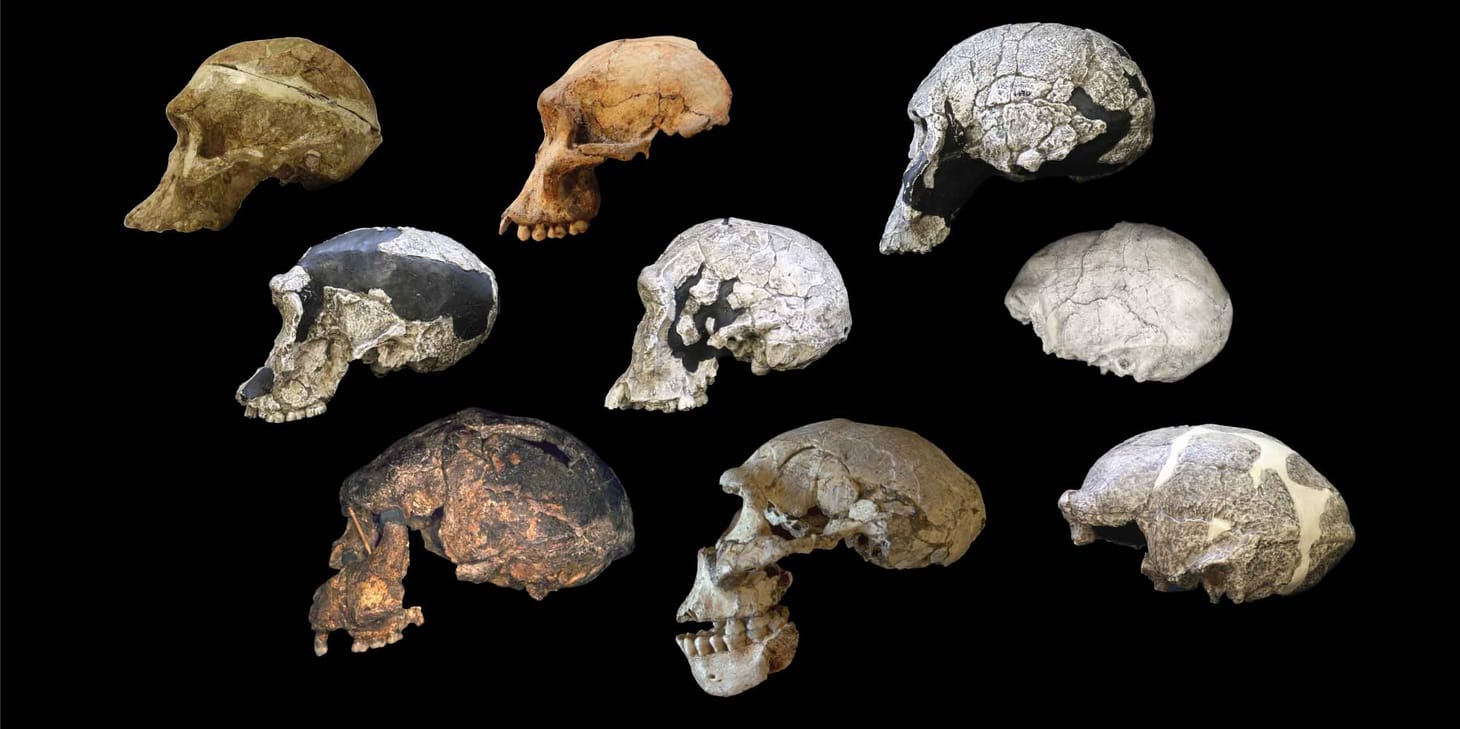population dynamics
Late Neandertals: more diverse than most scientists thought
The new “Thorin” genome from Grotte Mandrin represents a previously-unknown Neanderthal deep history.

What do we know about the ancestry of Homo erectus?
A creation interest group takes a quote from me, and I look back at a classic paper.

Tracing the signature of African-to-Neandertal gene flow
A new study of African genetic variation yields a more accurate picture of the genetic exchanges between ancient Africans and Neandertals 250,000 years ago.

Interaction and mixture: big picture and small
From the level of function of a single gene up to the movements of entire populations, our evolution was built from mixture.

Growing genetic data suggest a two-phase model for prehistoric population expansions in Africa
I describe results from two papers of African genetic variation, which show that the population growth from agriculture followed an earlier demographic expansion.
Modern human origins was more interesting than a single point of dispersal
A study of SNP variation across Africa enables us to look at a structured ancestral population long before 100,000 years ago.
Why do some invasive species start to succeed only after a delay?
Reviewing a body of evolutionary theory that tries to understand the ultimate success of some invasions after a lag.
